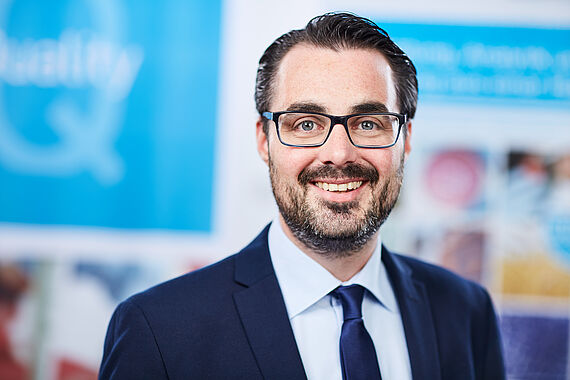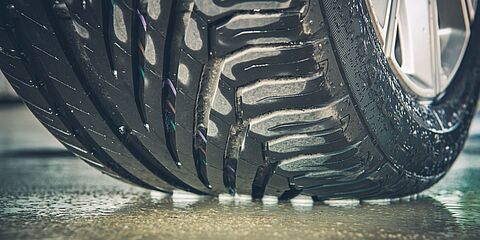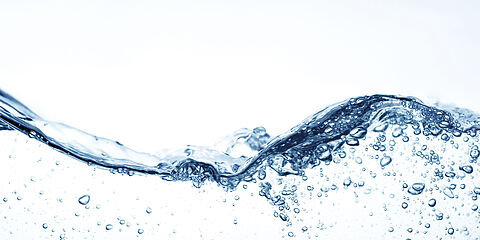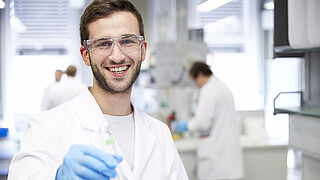Analysis of microplastics in the environment
WESSLING is one of the few laboratories with the necessary know-how and equipment for analysing microplastics in the environment.
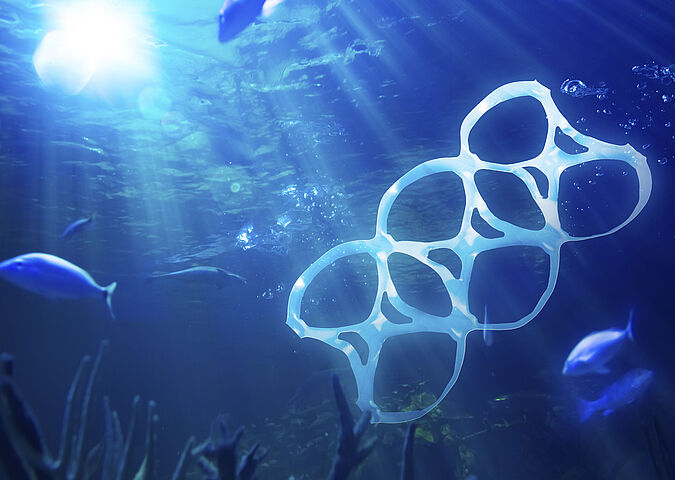
Thanks to their outstanding properties, plastics accompany us in our daily lives, whether as a toothbrush in the bathroom in the morning, in the train or car on the way to work, or when shopping in a supermarket. The most widely used types of plastic include polyethylene (PE), polypropylene (PP), polyvinyl chloride (PVC) or polyethylene terephthalate (PET), for example.
However, plastics also return to the environment – as tyre wear or thoughtlessly discarded rubbish (littering). Plastic is therefore becoming an increasingly major problem for man and nature: in the environment, the ocean and rivers, plastics break down to form microplastics, particles or plastic particulates measuring one micrometre to five millimetres in size. They contaminate the environment; their effects on flora and fauna are largely unexplored. Microplastics can also enter the food chain, and in consumer products, such as food, microplastic particles occur as foreign bodies, for example through the abrasion of packaging material.
Microplastics: services in detail
Our services in the field of microplastics analysis:
- Performance of all analyses: sampling, sample preparation and detection
- Analysis of microplastics using raman microscopy, FTIR microscopy and pyrolysis GC/MS
- Qualified sampling
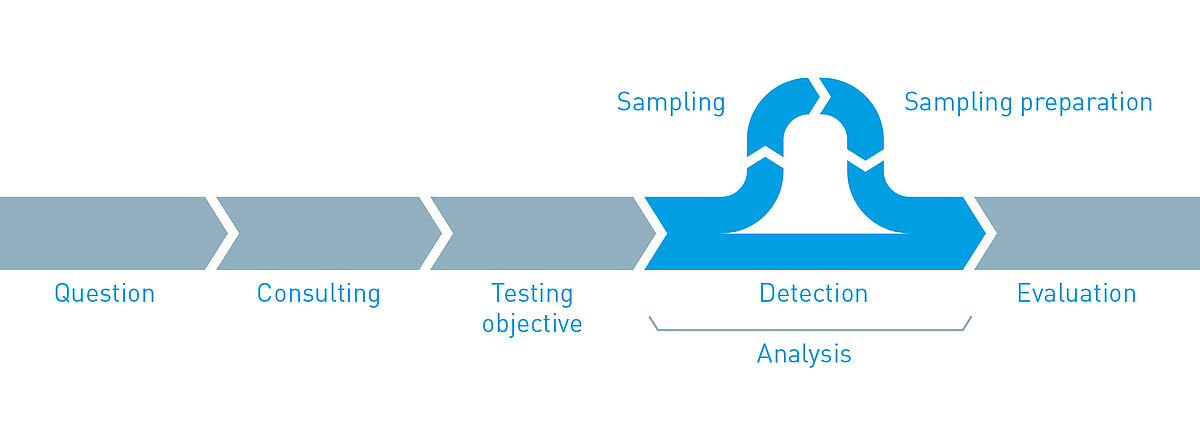
Do you have questions about microplastics in water?
Do not hesitate to contact me!
- Katharina Hellmann
- +49 2505 89-198
- mikroplastik@wessling.de
Do you have questions about microplastics in food, cosmetics or other matrices?
I'm happy to help!
- André Schmitz
- +49 2505 89-673
- andre.schmitz@wessling.de
